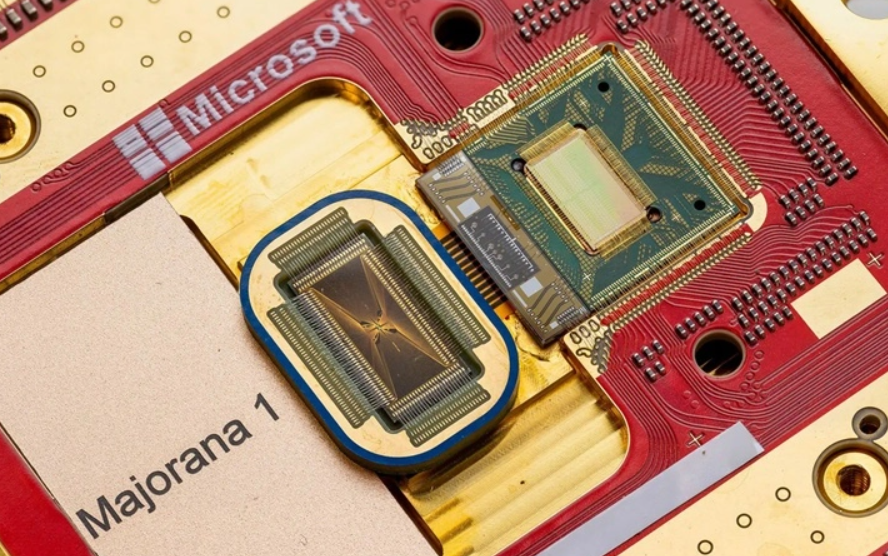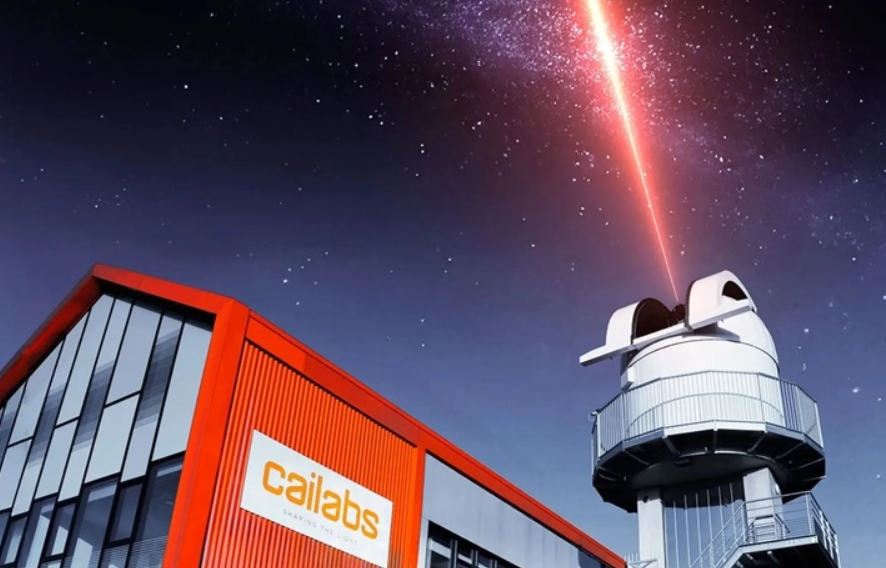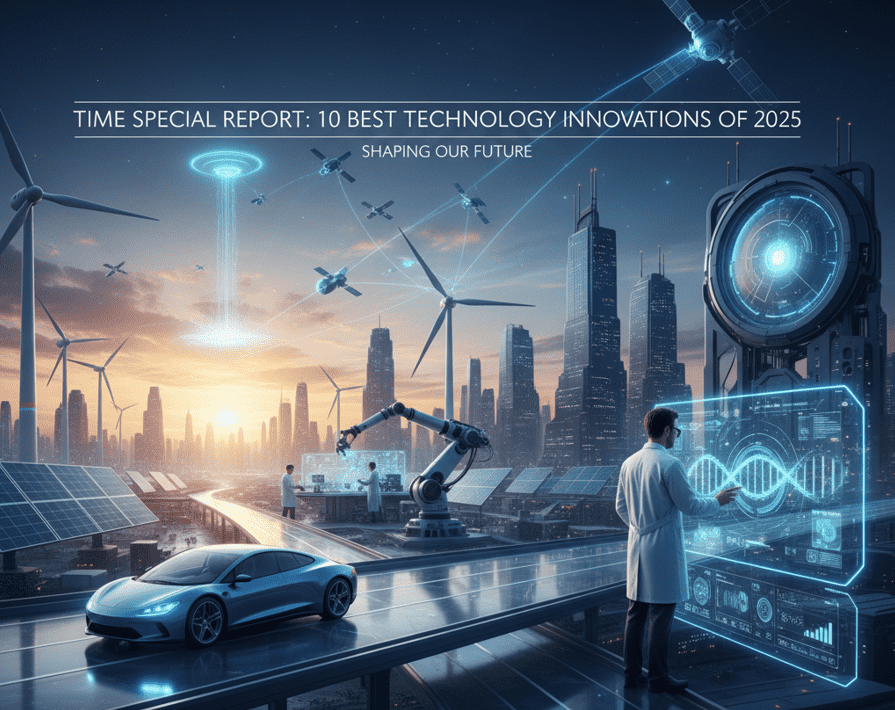Time magazine has selected the most noteworthy new technologies of 2025; here are the highlights.
Time magazine has selected the most noteworthy new technologies in various fields, from artificial intelligence and space exploration to robotics and consumer electronics. Here are the standout innovations of 2025:
Time magazine has already begun its list of the best of 2025. Having selected the best of the year in various disciplines such as cinema, music, and fashion, Time has also selected the year’s most prominent inventions and devices in the technology field. You can find the entire 100-item list, which brings together the year’s most prominent new technologies in a wide range of fields, from health and entertainment to robotics and artificial intelligence, here. Below are some of the highlights of the new technologies featured in Time’s list.
2025’s Most Innovative Technologies, According to Time
The 10 Best New Technologies of 2025, According to Time Magazine
Here are the 20 new inventions featured on Time’s “Most Notable New Technologies of 2025” list:
1️⃣ Figure 03: New Generation Helper at Home
While AI-powered humanoid robots are rapidly developing, US-based Figure AI has developed one of the most ambitious examples in this field. Designed in the humanoid form, Figure 03 can perform tasks such as folding laundry, placing dishes, and recognizing objects in the home. Company founder Brett Adcock says the goal is not just to provide physical labor but to create a robotic system that can interact naturally with humans in household tasks. Although Figure 03 is still in the testing phase, its mobility and task learning capabilities are already attracting significant interest in the technology community.
A neural network called Helix, developed by Figure AI, forms the robot’s brain. Helix, a multimodal AI system, integrates visual, auditory, and motor inputs to perceive the environment, allowing the robot to translate simple human commands into contextually appropriate actions. The system also has the capacity to learn through trial and error, increasing task efficiency with each use. According to Brett Adcock, this development could transform the field of robotics similar to the leap forward experienced with large language models. The company aims to launch Figure 03 in a limited number of homes in 2026.
2️⃣ Unitree R1: Affordable Humanoid Robot
Another notable humanoid robot this year came from China. China-based Unitree Robotics aims to make humanoid robot technology more accessible with its Unitree R1. A much lower-cost robot than Figure 03, the Unitree R1 stands out with its weight of just 25 kg and 26-jointed structure. Thanks to its built-in artificial intelligence systems, it boasts voice recognition and image processing capabilities, enabling it to understand commands and perceive its environment.
Technically, the R1’s most striking features are its mobility and control flexibility. The robot can perform more complex motor actions such as running, somersaulting, and even boxing. These capabilities are made possible by advanced motor drive systems and precise sensor control algorithms. This performance, combined with its high degree of freedom of movement, distinguishes the R1 as an accessible humanoid platform for robotics research and prototype development.
3️⃣ DeepSeek R1: The AI That Creates Earthquake Effect in the World of Artificial Intelligence

This year’s most sensational AI model was the DeepSeek R1. This large language model (LLM), released as a surprise at the beginning of the year, created a seismic effect in the AI world. Showing that Chinese companies can compete head-to-head with their Western competitors, the DeepSeek R1 also attracted attention with its innovative approach, which allows it to be developed at a much lower cost.
4️⃣ Meta Ray-Ban Display: A New Era Begins in Smart Glasses
Meta, a pioneer in smart glasses, raised the bar even higher this year with the Meta Ray-Ban glasses introduced. The Ray-Ban Display, which comes with a built-in display, is seen as the first step in a new era in this category. The small 600×600-pixel screen on the right lens allows users to send messages and answer calls without taking out their phones. The glasses are available in both prescription and non-prescription versions.
The Neural Band, which comes with these glasses, detects electrical signals in the forearm muscles and tracks the user’s finger movements, allowing them to perform actions like dragging windows, pinching, and texting naturally. The band’s battery life is 18 hours, while the glasses’ battery life is six hours. This combination elevates the augmented reality and wearable technology experience to a whole new level compared to just a few years ago.
5️⃣ Major Breakthroughs in Quantum Chips Across the Industry

The era in which quantum computers will be able to solve problems that even the most powerful supercomputers cannot tackle has not yet fully arrived. However, a series of developments over the past year are rapidly bringing this future closer. In December, Google unveiled its Willow quantum chip; Microsoft’s Majorana 1 and Amazon’s Ocelot chips soon followed. IBM is preparing to release its new Nighthawk processor before the end of the year.
Each of these chips offers advancements that will enable more stable and reliable operation of experimental systems and quantum units. While the approaches differ, these simultaneous advances demonstrate the rapidly expanding field. Applied Quantum founder Marin Ivezic likens this quantum chip breakthrough to the “Cambrian explosion,” a sudden surge in life on the planet.
6️⃣ Nvidia DGX Spark: The Supercomputer on Your Desk
Nvidia developed the DGX Spark with the goal of moving AI research away from cloud servers and directly to the desktop. This device is being positioned as a “desktop AI supercomputer” and can deliver 1 petaflops of performance. It comes with 128GB of unified memory, making it possible to fine-tune models with 200 billion parameters or perform inference operations on the desktop.
The DGX Spark runs on Nvidia’s Grace Blackwell GB10 Superchip architecture, allowing the CPU and GPU to share data over a high-speed shared memory. Priced at $3,999, the Spark earned a spot on Time’s list as a remarkable device that makes high-performance AI hardware accessible to a wider audience.
7️⃣ Nintendo Switch 2: A New Level of Portable Gaming
The Nintendo Switch, launched in 2017, revolutionized the concept of a portable game console. The Nintendo Switch 2, introduced in 2025, carries this legacy a step further, enhancing both the portable and home console experience. The console allows users to experience high-definition gaming both at home, connected to a TV, and in handheld mode.
Technically, the Switch 2 is equipped with an Nvidia Tegra T239 processor and advanced DLSS/ray tracing technologies. Its 7.9-inch HDR display offers 1080p resolution and a 120Hz refresh rate in portable mode and can display up to 4K in TV mode. Thanks to 12GB of LPDDR5X memory and an optimized storage infrastructure, even large games run smoothly. These features make the Switch 2 ideal for both mobile gamers and users seeking high graphical performance. Launched in June 2025, the device quickly sold millions of units, solidifying Nintendo’s leadership in portable gaming.
8️⃣ Google DeepMind Genie 3: Artificial Intelligence That Transforms Texts into Interactive Digital Worlds
While most AI models offer a one-time, static response to a given command, Google DeepMind’s new model, Genie 3, completely changes this. Unveiled in August 2025, Genie 3 can instantly transform your written text into interactive digital worlds. For example, you can tell it to create a river, then add a boat or marine creature, and the results are real-time, stunning, and navigable for a few minutes.
Currently available to a limited number of academics and content creators, Genie 3 offers a wide range of potential applications. Google’s new model paves the way for using AI not only for knowledge generation but also for creating digital experiences and educational environments.
9️⃣ Vera C. Rubin Observatory

The Vera C. Rubin Observatory, located on the Cerro Pachón mountain in Chile, is generating excitement because it will allow us to see the universe in much greater detail. Known in the scientific world as a “discovery machine,” this massive observatory will capture thousands of photographs of the sky every night, creating a continuous diary of the universe. Thanks to the 8.4-meter Simonyi telescope and the 3,200-megapixel LSST Camera, the observatory can detect changes in the sky by capturing a frame every 30 seconds. The detection of thousands of new asteroids even in the first tests has already proven the data-gathering power of this system.
Rubin’s distinction lies in the technical infrastructure behind this extraordinary speed and sensitivity. Thanks to its wide field of view, high pixel density, and advanced data processing algorithms, the observatory can re-scan the entire sky in just a few days. This will enable the observation of supernova explosions, comets, or clues about dark matter in real time. By collecting data on billions of celestial bodies over the next decade, Vera Rubin will become one of humanity’s most powerful tools for understanding the structure of the universe.
🔟 Cailabs Tilba-L10: The Laser Era in Communication with Satellites

Today, communication between satellites and the ground is largely conducted over radio waves. However, this method has certain limitations. France-based Cailabs aims to overcome these limitations with its laser-based ground station, the Tilba-L10. Thanks to its optical technology, the Tilba-L10 is immune to adverse weather conditions, offers better protection against enemy interference, and boasts a high carrying capacity.

While radio waves typically transmit data at 1–2 gigabits per second at common frequencies, the Tilba-L10’s laser technology enables data transmission at up to 20 gigabits per second. This allows for wider bandwidths in satellite communications, significantly speeding up data transfer.

